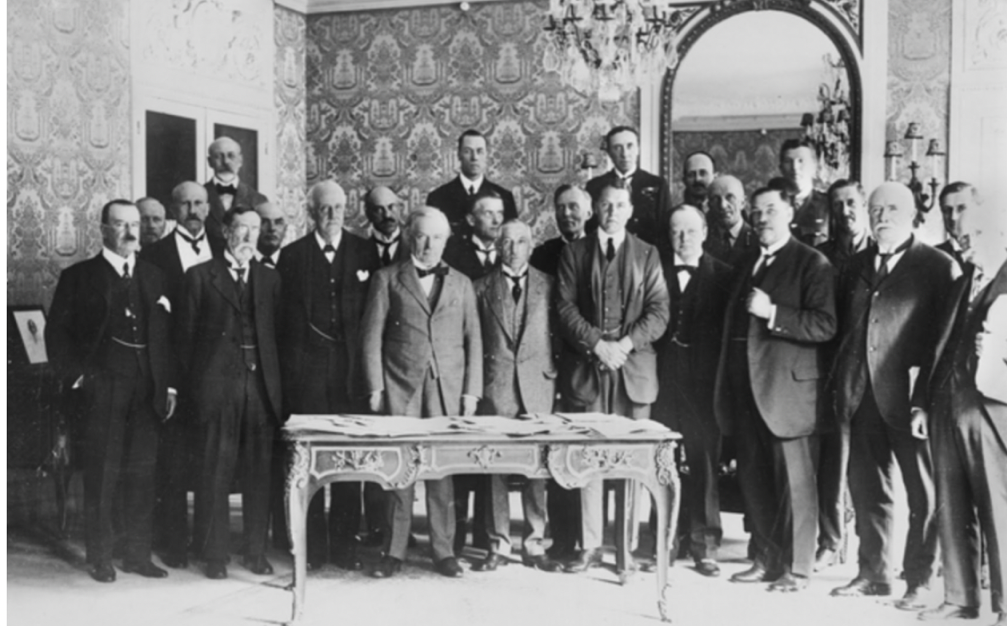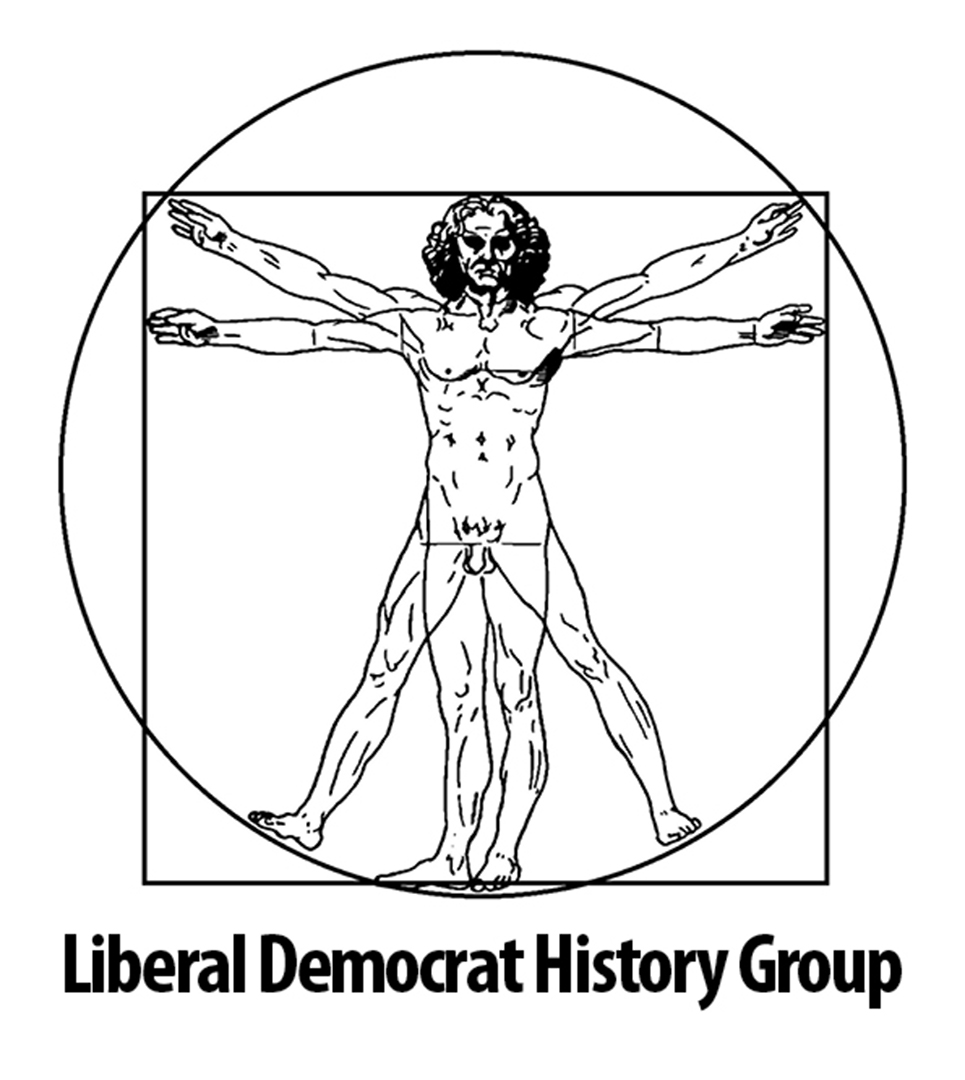The first recognised Lib-Labs were the two mining officials, Thomas Burt and Alexander McDonald, who were elected in 1874. Then in 1880, they were joined in the Commons by the secretary of the TUC’s parliamentary committee, Henry Broadhurst.
By 1885, the number of Lib-Lab MPs had risen to twelve and between them they acted as a defined group, taking collective action on a range of labour issues, from a campaign to introduce an eight-hour working day for miners to questioning the use of police and troops in industrial disputes.
Although Joseph Chamberlain denounced the Lib Labs as ‘mere fetchers and carriers for the Gladstonian party’ in 1894, they did represent a significant group within Parliament and in 1886 Broadhurst was appointed as a junior minister. Then in 1905, John Burns became the first working man to become a Cabinet member, when he was appointed as President of the Local Government Board.
Around half of the Lib-Lab MPs had been miners before entering Parliament, while John Stevenson (Stevenson, ‘Labour and parliament: the Lib-Labs as the first working class MPs, 1885-1906’ in Biagini and Reid eds, Currents of Radicalism: popular radicalism, organised labour and party politics in Britain 1850 – 1914) notes that the rest were usually leading trade union and labour officials – working class politicians who had abandoned manual work before embarking on a political career.
Gladstone advocated his desire to see more Lib-Lab MPs elected in his famous Newcastle speech in 1891, but local Liberal committees continuously failed to select more working class candidates, despite the encouragement of the party’s leaders. Keir Hardie, Arthur Henderson and Ramsay MacDonald were also rejected for Liberal candidacies before becoming key figures in the Labour Party.
The growth of the Lib-Lab group was subsequently stilted following the establishment of the Labour Representation Committee (LRC) in 1900. The LRC put forward 15 candidates for the election of that year and although only two were successful, the Liberals became increasingly worried at the progress their new rivals were making. Between 1902 and 1903, Labour acquired three additional MPs during a series of by- election contests, including Arthur Henderson, who was elected to represent Barnard Castle.
The Liberals therefore decided to form a secret electoral pact with the infant party in order to avoid losing further ground to Labour. Herbert Gladstone’s political secretary, Jesse Herbert was responsible for conducting the negotiations and on the 25th February 1903, he wrote to the Chief Whip stressing the benefits of such an agreement. ‘If there be good fellowship between us and the Labour Representation Committee, the aspect of the future for both will be very bright and encouraging,’ Herbert told his boss, stressing that the Liberals would be able to save vital funds if they abstained from fighting certain seats, in order to target campaigning more effectively elsewhere.
In 1903, Gladstone consequently signed an agreement with Ramsay Macdonald, who was then secretary to the Labour Party. Under the Gladstone-Macdonald pact, the Liberals agreed not to contest around 50 seats where Labour were stronger than the Liberals and most likely to be defeated by a Conservative candidate. Unfortunately, the Liberals failed to appreciate the impact that the pact would have on their long-term electoral chances. Twenty-nine of the 50 Labour candidates achieved success in the 1906 General Election, 24 of them unopposed by the Liberals. But under the terms of the agreement, Labour faced no similar obligation to withdraw from any contest on behalf of the Liberals and the pact helped the infant party to secure a level of parliamentary support that it would not otherwise have had.
The process of working class disengagement from the Liberal Party was hastened shortly after the election when the 29 LRC MPs decided to form a distinct Labour Party at Westminster in opposition to the newly elected Liberal government. The Miners’ Federation subsequently voted to become affiliated with the Labour Party in 1908 and the group of Lib-Lab MPs soon began to disappear as a result.
By the time of the first general election in 1910, the majority of Lib-Lab MPs had decided to re-stand as Labour candidates. Of the 15 mining MPs that had accepted the Liberal whip before the election, twelve were successfully returned for the Labour Party. Just three, including Thomas Burt, continued to serve as Liberals in the House of Commons.
Andrew Hudson (‘The History of the Lib-Labs’ in The Journal of Liberal History no.41, Winter 2003) has argued that in failing to boost the number of Lib Lab MPs, the Liberal Party surrendered its best chance of capturing the support of the new working class electorate. The party’s overall failure to finance working class candidates also meant that few working men were prepared to stand as Liberals. Once the Labour movement began to capture trade union support and field its own candidates, the Lib Lab MPs became increasingly redundant, a process that was accelerated by the signing of the Gladstone-Macdonald electoral agreement.
Nonetheless, Hudson is right to acknowledge the role of the Lib Labs as a pioneering group. As the first working class representatives in Parliament they should be remembered as an integral part of both Liberal history and the radical tradition in Britain.

Journal of Liberal History
For the discussion and research of Liberal, Liberal Democrat and SDP history
Developed and hosted by Prater Raines
